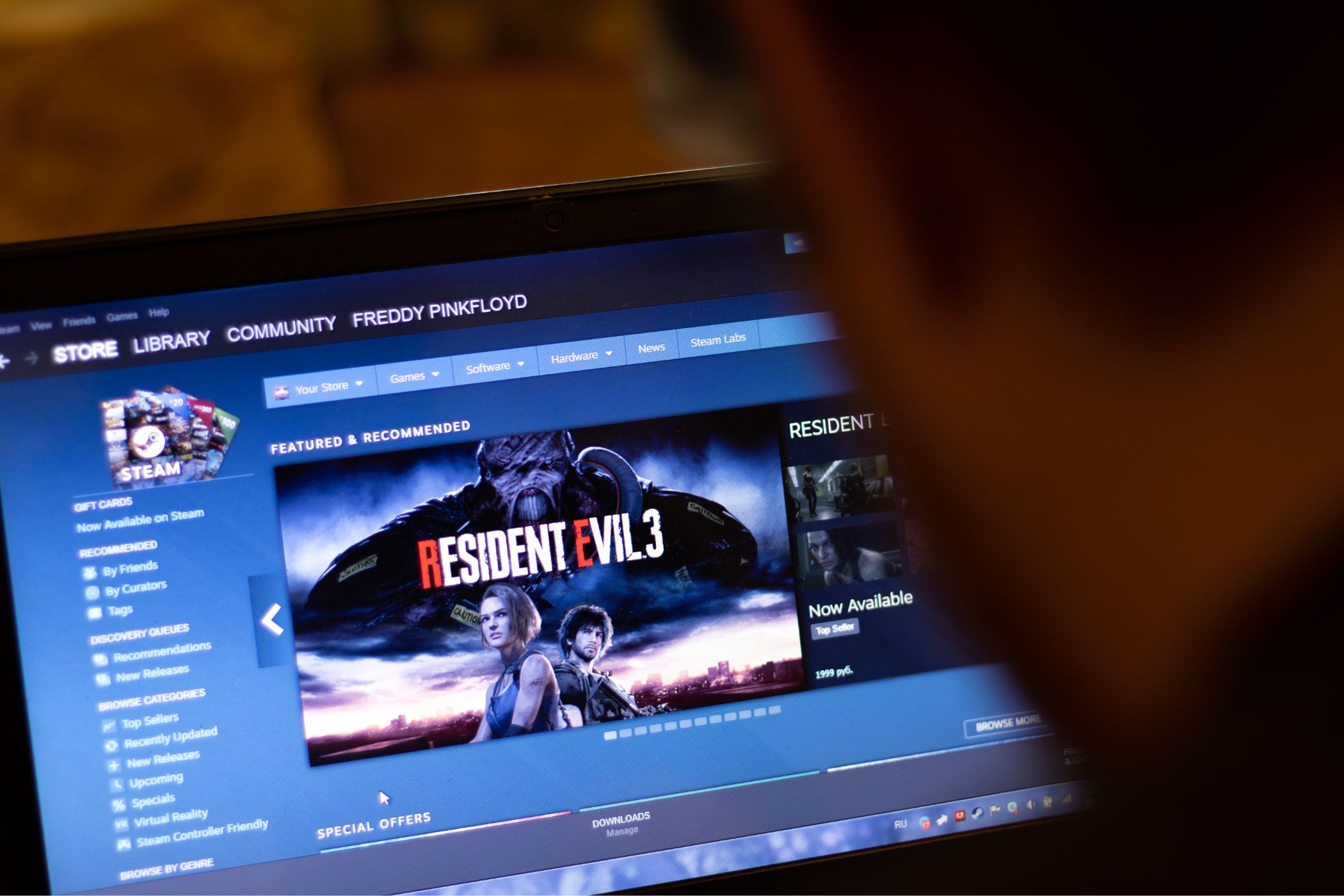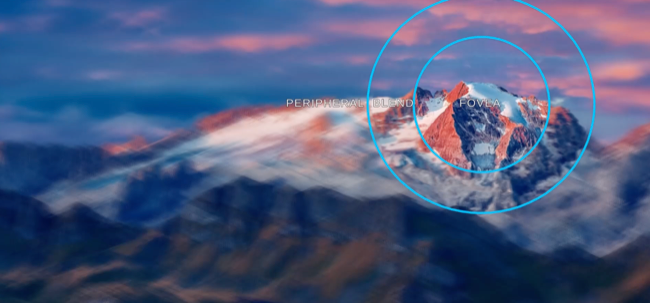
Understanding Foveated Rendering: An Insight Into Efficient Graphics Processing

Understanding Foveated Rendering: An Insight Into Efficient Graphics Processing
Quick Links
- What Does “Foveated Rendering” Mean?
- Which Devices Support Foveated Rendering?
- A Big Deal for VR Going Forward
If you’ve been following virtual reality headset developments you might have come across the term “foveated rendering” used in press conferences and marketing materials. The technique can help improve VR performance, which is important in maintaining immersion and reducing motion sickness.
What Does “Foveated Rendering” Mean?
Foveated rendering is a term that describes a reduction in rendering quality in the wearer’s peripheral vision. It works by tracking or predicting the position of the eye so that the portion of the scene that the wearer is looking at is prioritized for high-quality rendering.
This means that rather than rendering an entire scene at a fixed or even dynamic resolution , the rendering budget can be better spent on just the part of the image that a wearer is looking at. The very edge of the wearer’s field of view may see a reduction in resolution or other image-enhancing techniques like anti-aliasing since they aren’t in focus.

Tobii
The technique works best when paired with a camera inside of the headset to accurately track the position of the eye. A less sophisticated method involves predicting the position of the eye, known as “fixed foveated rendering” but naturally this has its limitations.
Not only is the technique more efficient in terms of hardware utilization, but it is also said to provide a more “lifelike” VR experience, better mirroring the way our eyes perceive the world.
Which Devices Support Foveated Rendering?
Foveated rendering first appeared on a headset called Fove in 2014. HTC Launched the Vive Pro Eye in 2019 which includes eye-tracking using cameras mounted inside the headset. Finnish company Varjo also produces a range of headsets including the XR-3 and VR-3 which track eye position for true foveated rendering implementation.
Related: Sony Teases the PlayStation VR 2, Here’s What We Know
Most notably, the upcoming PlayStation VR2 which is expected to launch sometime in 2022 will include eye-tracking and foveated rendering. This move by Sony will likely bring the technology into the mainstream, though given the impressive specifications of the device it’s not clear at what price this will be.
Some headsets offer fixed foveated rendering which helps performance but cannot compete with solutions that use eye-tracking. This includes the Oculus Quest, a budget VR offering , which added the feature to the headset software development kit (SDK) allowing developers to implement it into their games.
A Big Deal for VR Going Forward
One of the biggest barriers to entry in terms of virtual reality adoption is the massive cost involved in both rendering budget and investment from the wearer. Foveated rendering can at least alleviate the strain on the hardware by prioritizing the center field of vision. This could in theory lower the barrier to entry in terms of minimum system requirements, allowing more people to take up the hobby.
Sony’s commitment to foveated rendering with the PSVR 2 is not only great news for owners of Sony consoles, but it could also have a lasting positive effect on the VR market in general .
- Title: Understanding Foveated Rendering: An Insight Into Efficient Graphics Processing
- Author: Nova
- Created at : 2024-08-28 22:16:18
- Updated at : 2024-08-29 12:25:32
- Link: https://blog-min.techidaily.com/understanding-foveated-rendering-an-insight-into-efficient-graphics-processing/
- License: This work is licensed under CC BY-NC-SA 4.0.